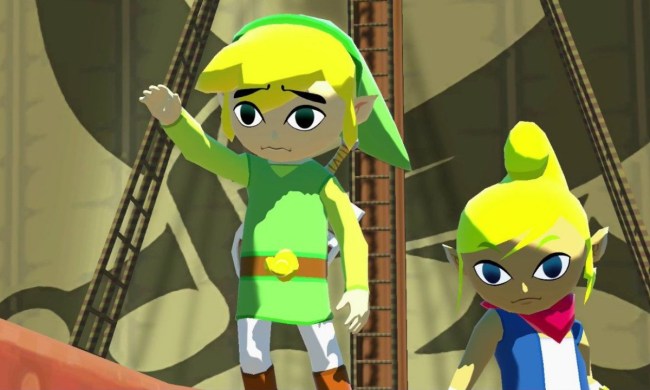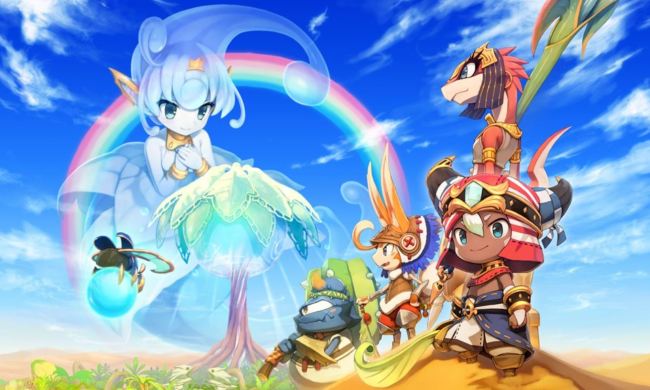
Nintendo Wii U sales were expected to taper off at some point, the only question was when. “Where it’s going to get a little more challenging is around the May time frame or when warm whether shows up again, “ said analyst John Taylor of Arcadia in November just before the console’s release. “I think Nintendo is going to really need to demonstrate what is truly amazing about this by that time.” Wedbush Morgan’s Michael Pachter echoed the sentiment, saying then that Wii U’s steep cost to consumers will cause it to “quickly lose momentum.” No market analyst, game publisher, or Nintendo shareholder was likely prepared for just how quickly Nintendo would lose what little momentum it had though. According to the NPD Group and other sources, Nintendo had a catastrophic January.
The NPD Group does not provide exact sales numbers for video game software or hardware any longer, but a representative of the research firm did confirm to Gamasutra on Thursday night that Wii U console sales at the end of three months on the market, are 38-percent below those of the Nintendo Wii during its launch quarter in from November 2006 to January 2007. Extrapolating from that sales data compiled at a time when the NPD Group did report exact numbers for hardware sales, that places Wii U sales for January around 55,000. A source from within the NPD Group wouldn’t confirm that number, but did say that Wii U sales were “well below 100,000.”
To put that in perspective, the Xbox 360 remained on top of the console sales chart the U.S. for the 25th consecutive month after selling 281,000 consoles.
Wii U software sales also look rough for Nintendo in January. Not a single exclusive broke into the top ten, and of those multiplatform games on the system, the Wii U version trailed all others. Even Skylanders Giants, a game Activision positioned as a marquee for Wii U, came in last on the console, bested by the original Wii. The same was true of Madden NFL 13 and Just Dance 4.
The abrupt cancellation of Rayman Legends’ February release (so it can jump to other consoles) suddenly makes more sense to industry watchers.
Nintendo needs to do something drastic to change the Wii U’s future. When Nintendo dropped the price of the Nintendo 3DS in July 2011, it was seen as a disaster for the company. Its stock was ravaged. Company president Satoru Iwata took a 50-percent pay cut, and over the 3DS’ first three months on shelves it sold approximately 700,000 units in the US, and it caused a massive shift in Nintendo’s strategy. The Nintendo Wii U, a device that is between $50 and $100 more than the $250 launch price of the Nintendo 3DS, and whose games are on average $20 more expensive, has sold approximately the same number of consoles over the same period in the country. A drastic price cut and aggressive game development turned around the 3DS’ commercial prospects (even though software sales are still stagnant.) With Sony announcing its next console at the end of the month and Microsoft expected to follow shortly thereafter, Nintendo has no choice: It must lower the price of the Wii U if the machine is to survive.


